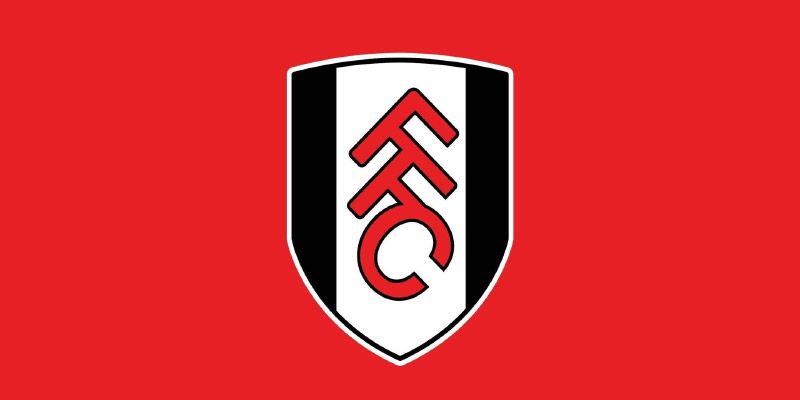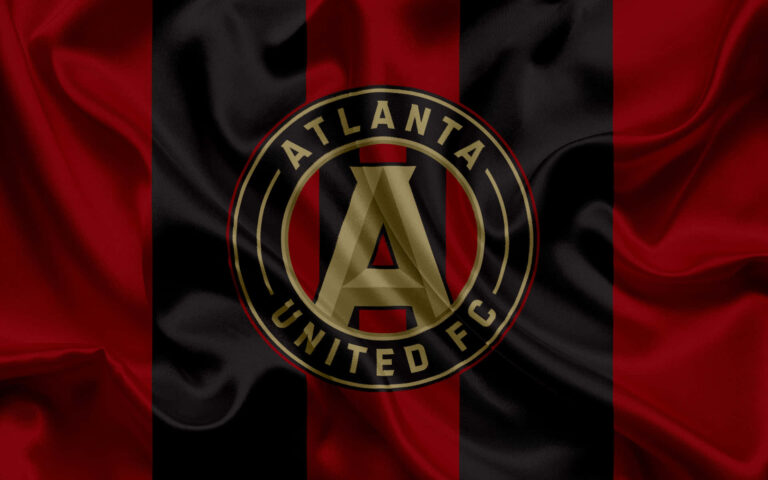
Fulham FC: A Comprehensive History of the Cottagers
Fulham FC is a name synonymous with tradition and community spirit in English football. Established in 1879, it holds the distinction of being the oldest professional football club in London. With its home ground situated on the banks of the River Thames at Craven Cottage, Fulham FC has carved out a unique identity that combines rich history, passionate fans, and an unwavering commitment to the beautiful game. This blog post delves into the intricate tapestry that defines Fulham FC, exploring its origins, evolution, and cultural significance within the world of football.
The Early Years: Formation and Initial Struggles
The inception of Fulham FC is deeply rooted in the local community and reflects the broader socio-cultural landscape of late 19th century England.
The Birth of a Club
In 1879, a group of church members from St. Andrew’s Church in Fulham established the club, originally known as St. Andrew’s Cricket Club. Initially focusing on cricket, the club transitioned to football as the sport gained popularity. By 1888, the team had officially adopted the name Fulham FC, marking the beginning of its storied journey.
As Fulham FC began competing in various local leagues, they quickly found themselves facing challenges common to many clubs of the era. The transition from amateurism to professionalism was fraught with difficulties, as the club struggled to attract talent amidst the burgeoning football scene in London. However, the dedication and perseverance of its early players laid the groundwork for a future that would bring triumphs and tribulations alike.
Joining the Football League
In 1907, Fulham FC achieved a significant milestone by joining the Southern League. This marked their entry into more organized competitive football, allowing them to face off against other clubs and establish a reputation. The move to the Southern League proved beneficial, as the club’s performance improved dramatically.
Despite the excitement surrounding the new league, the early 20th century brought challenges. The First World War disrupted the footballing calendar, forcing clubs to halt operations and sending many players to the front lines. Fulham FC faced the same fate, but the war also fostered a sense of unity and resilience among both players and supporters.
Resilience through Adversity
The interwar years saw Fulham FC navigating numerous ups and downs. The club fluctuated between the Second Division and the Third Division, reflecting the competitive nature of English football at that time. While successes were often overshadowed by relegations, the club’s loyal fanbase remained steadfast.
During this period, the Cottagers also made strides in developing local talent through youth academies, setting a precedent for nurturing homegrown players who would eventually make significant contributions to the club.
The Golden Era: The Rise of Fulham FC
The post-war era heralded a golden age for Fulham FC, characterized by memorable achievements and a rise through the ranks of English football.
The Arrival of Iconic Players
With the return of peace came new opportunities for Fulham FC. The club began attracting talented players eager to showcase their skills on the hallowed turf of Craven Cottage. Notable signings during this time included the legendary Johnny Haynes, whose impact on Fulham FC transcended mere statistics; he became a symbol of loyalty and excellence.
Haynes, often referred to as “Mr. Fulham,” epitomized the club’s ethos. His tenacity on the pitch and deep connection to the fans endeared him to generations of supporters. Under his leadership, Fulham enjoyed considerable success, including reaching the FA Cup final in 1975, where they faced West Ham United in a match that remains etched in the memories of fans.
The FA Cup Final of 1975
The 1975 FA Cup final was a watershed moment for Fulham FC. Facing West Ham United, the match drew widespread attention and showcased the club’s remarkable progress. Despite a valiant effort, Fulham fell short, losing 2-0. However, the very fact that the Cottagers reached the final was a testament to their growth as a competitive force in English football.
This event solidified Fulham’s place in the hearts of fans and highlighted the club’s potential for greater achievements in the years to come. The experience of playing on such a grand stage ignited passion and pride among supporters, fostering a strong sense of identity.
Establishing Rivalries
During this golden era, Fulham FC developed rivalries that added intensity to their matches. Notably, the encounters with Chelsea were highly charged, fueled by geographical proximity and a shared history. These matches were not just about points but represented a clash of identities, with fans passionately rallying behind their respective clubs.
Such rivalries have continued to shape Fulham’s narrative, adding layers of complexity to their story. The thrilling atmosphere during these matches often leaves lasting impressions, reminding fans of the fierce competition that characterizes English football.



